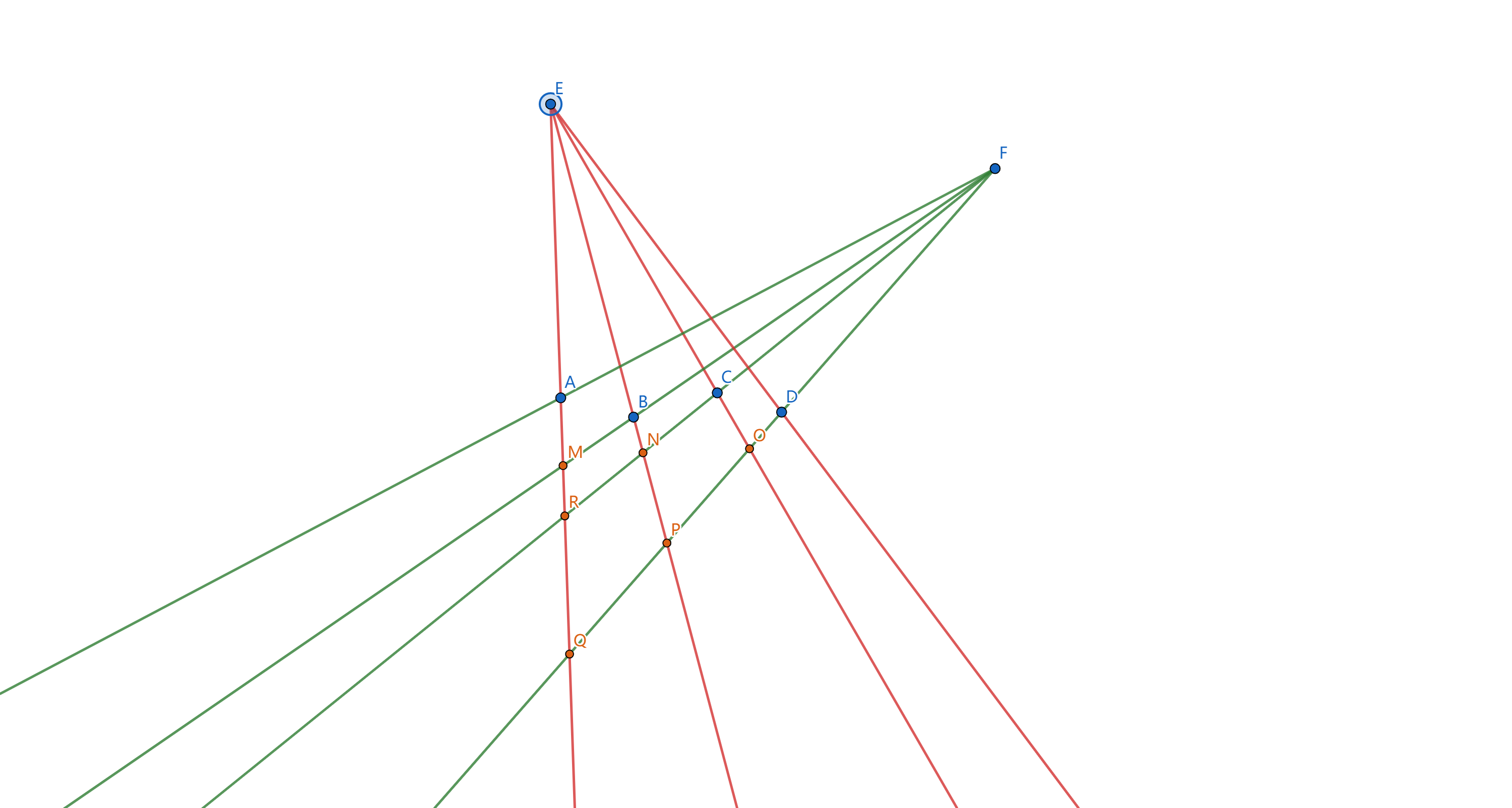高速公路编号背后的数学密码
By Long Luo
世界那么大,我想去看看!随着科技的发展,我们早已做到无需离开家就能领略世界各地的风景和文化。通过高清视频、高清直播、社交媒体、 VR 技术、各种图片或者视频分享平台,我们不仅可以体验世界名胜古迹、自然美景和各地的风土人情,还能与当地居民互动,了解他们的日常生活和传统文化。互联网丰富了人们的生活,缩小了地域的界限,真正实现了让世界触手可及,足不出户便可周游世界的梦想。但正所谓“百闻不如一见”,“读万卷书,不如行万里路!”,尽管互联网让我们可以虚拟游览世界,但亲自出行的体验无可替代。自由行不仅提供了前所未有的自由和灵活性,还能让我们亲身感受到大自然的美妙、城市的活力。这种身临其境的体验,远非屏幕前的感受可比。
当你打开地图软件时,你会看到如图 1 所示的道路标志,
当你在道路出行时,你也会看到看到如下图 2 所示的路牌,但你可能并未真正留意过这些标志。因为现在我们只需要有一部联网的智能手机,在地图类软件里,设定出发地和目的地,自然有导航会指引我们到达目的地。
这些编号肯定不是随机的,那么这些道路编号到底有什么用呢?出于好奇心你可能会去寻找答案,你很容易轻松找到 中国国家高速的编号密码 1 和 高速公路是怎样命名和编号 2 这样的文章。但这些文章只是告诉我们是什么,并没有告诉我们为什么。
国内现行的高速公路命名是由交通部从 2005 年启动的 3 ,之前道路都以起始地和终点地命名。你可能会想,之前那种命名方式不是更合理吗?用了数字不是更加不清晰易懂吗?如果图 1 不是路牌上写了济广高速,谁知道 G35 4 是哪里到哪里呢?
如果你更进一步的话,如果你去了解世界其他国家的高速公路命名的话,你会惊讶的地发现为什么居然全世界各主要大国都选择了类似的编号系统,这背后的原因是什么呢?
要回答这个问题,我们需要把时钟拨回几十年前,回到高速公路诞生的时期,那个没有 GPS ,没有手机,只有纸质地图的时代,我们才能知道这种编号系统的重要意义和实用性,以及背后的数学密码。
世界各国如何对高速公路进行编号?
我们已经了解了国内高速公路编号 5 ,让我们看看其他国家的高速公路系统编号是什么样的。这些国家需要国土面积足够大,高速公路系统足够发达,国土疆域长宽比例没有太夸张,人口分布比较均匀。
